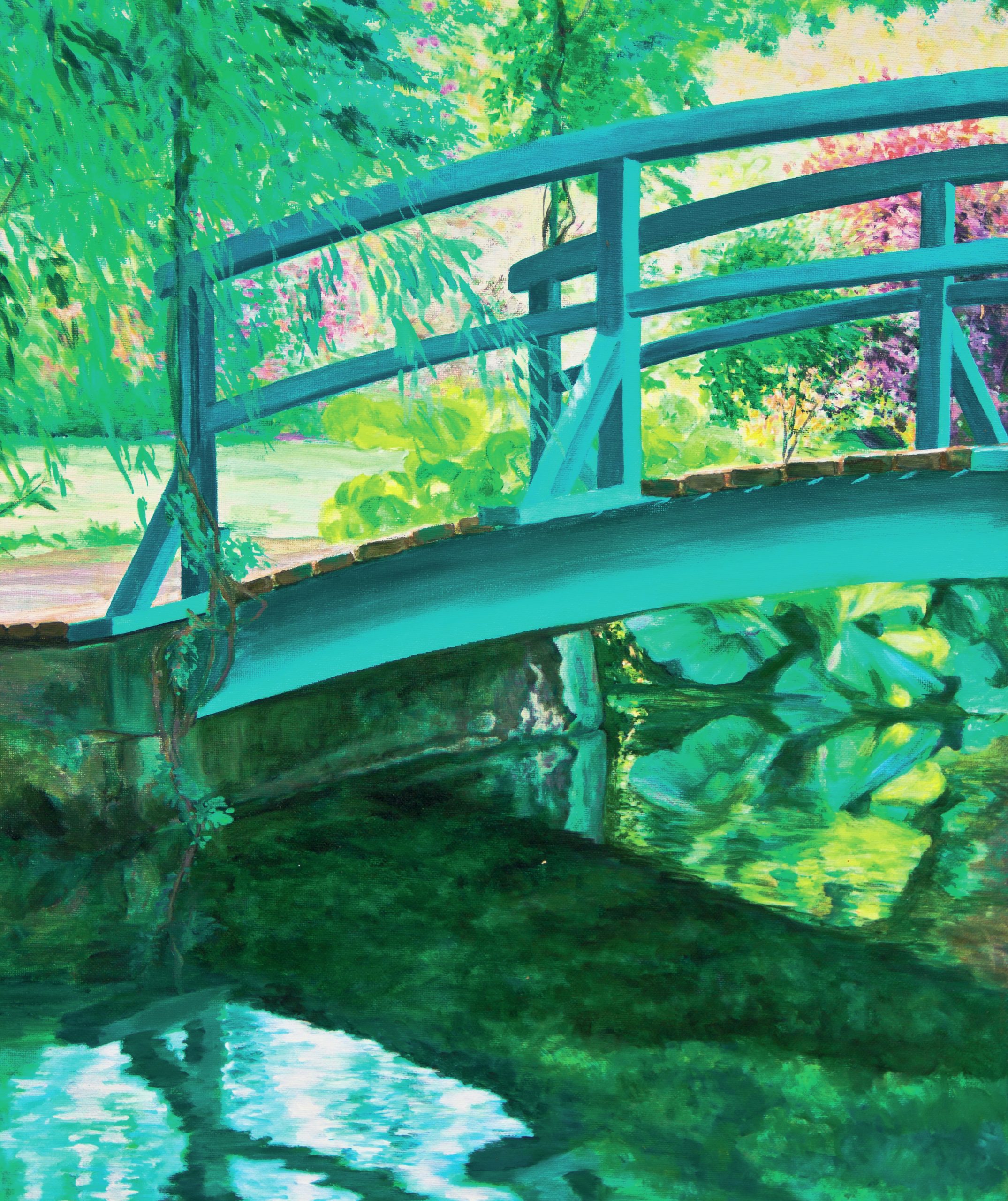
Forgery is an enormous problem in the art world. It has been estimated that 40–50% of paintings sold worldwide are fakes. Is it a Constable, or a con? Is that Monet worth the money? When a masterpiece can cost millions, you need to be sure.
In the past, the only way to tell a fake from the real thing was by eye. Experts would judge a work based on colour, brushstrokes, style and, as often as not, gut feeling. Predictably, this made for a fairly patchy method, and as a result the art market is still awash with thousands of undiscovered fakes. Fortunately, advances in chemistry, particularly spectroscopy, mean that experts can now use science to judge works of art.
Your organisation does not have access to this article.
Sign up today to give your students the edge they need to achieve their best grades with subject expertise
Subscribe




